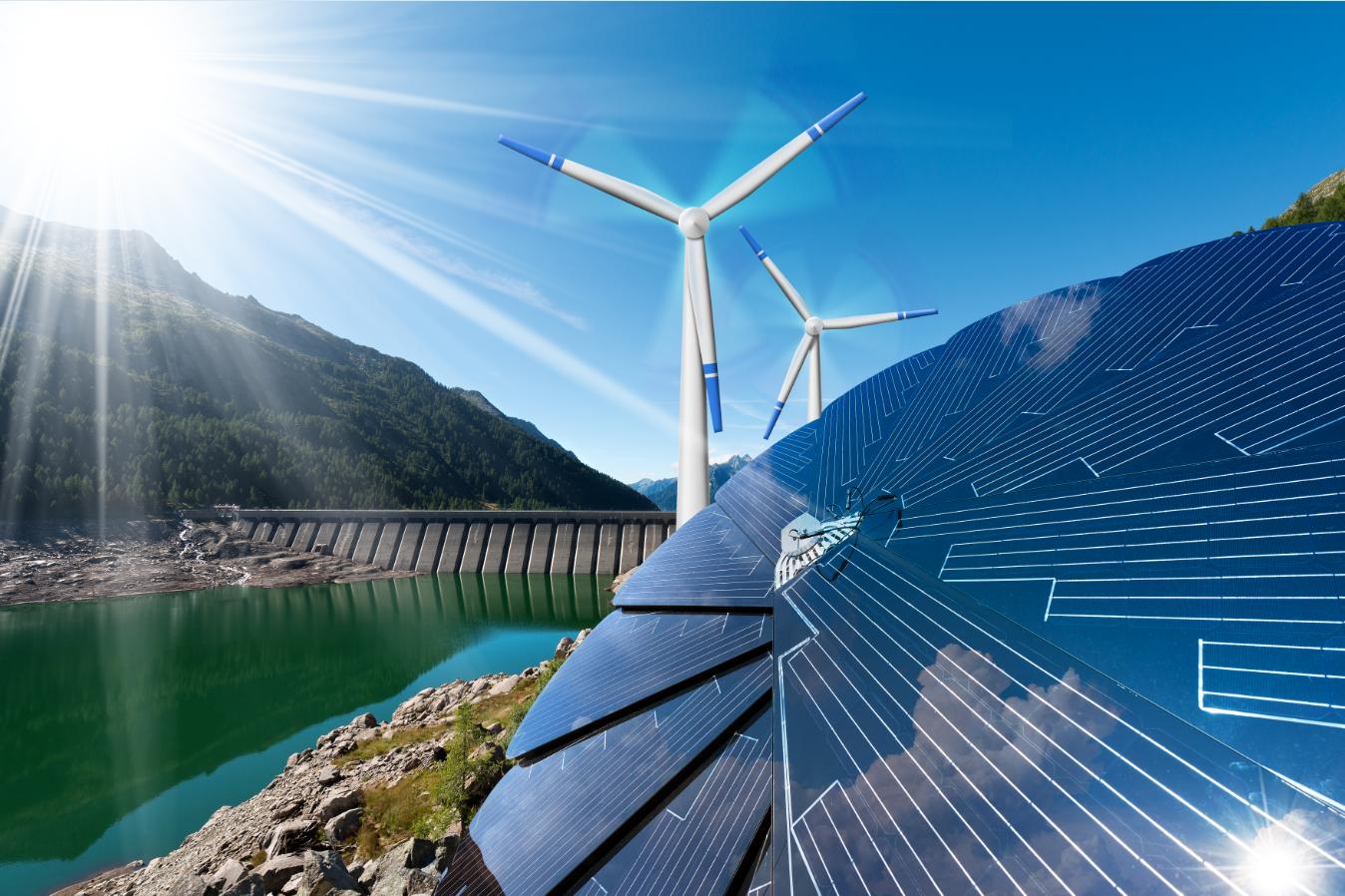Overseas rare earth mines are close to full production, with limited growth in 3-5 years. At present, the main overseas rare earth production areas are the United States, Australia and Myanmar. Among them, the MP mine in the United States has resumed production in recent years and has reached full production of about 40,000 tons of ROE in 2020. Lynas in Australia has maintained a production of about 20,000 tons. Myanmar has always been the main source of increase in China's medium and heavy rare earths. In recent years, imports have continued to maintain production of about 20,000 tons, and there may still be growth in the future. On the whole, the three major overseas supply regions are close to full production, and the development of new overseas rare earth mines is progressing slowly, and it is expected that there will be no significant increase in the past 3-5 years. The amount appears.
China's rare earth mines are subject to quota management for mining, beneficiation and smelting separation indicators, and the future growth flexibility is limited. China's rare earth mining index was jointly released by the Ministry of Natural Resources and the Ministry of Industry and Information Technology at the beginning of the year. In 2021, the first batch of rare earth mining targets will be 84,000 tons, a year-on-year increase of 27.28%.
Recycling mainly depends on the growth of the original production of rare earth magnetic materials, and the supply ratio is basically maintained at about 28%. The recycling of rare earth magnets mainly refers to the cutting and recycling of rare earth permanent magnets in the production process of finished products. This part mainly depends on the original output of the magnets. The supply ratio is mainly determined by the yield of rare earth magnets, which is about 28%. .
To sum up, the current global supply capacity of praseodymium and neodymium oxide is about 65,000 tons. It is assumed that indicators will increase by 20%, 10%, and 10% in the next three years, and the main indicators will be allocated to light rare earth production areas in proportion. The global long-term planned supply capacity in 2025 is about 111,000 tons, which is an increase of about 46,000 tons compared to 2020, and the 5-year average annual growth rate is 11.4%.
Rare earth magnetic materials are the field with the largest proportion of the downstream demand for rare earths and the best growth. High-performance NdFeB is widely used in the fields of new energy, energy saving and environmental protection. There are currently no alternative materials in many fields, and the demand for rigidity of NdPr continues to grow. In 2020, the global demand for high-performance NdFeB is mainly concentrated in the automotive sector, including permanent magnet motors in new energy vehicles, EPS and micro motors in traditional cars, accounting for 42% of the total; followed by wind power accounting for 29%, benefiting Driven by the carbon neutral policy, it is expected to continue to maintain high growth in the medium and long term; in addition, there are energy-saving elevators, inverter air conditioners, consumer electronics, industrial applications and other fields.





